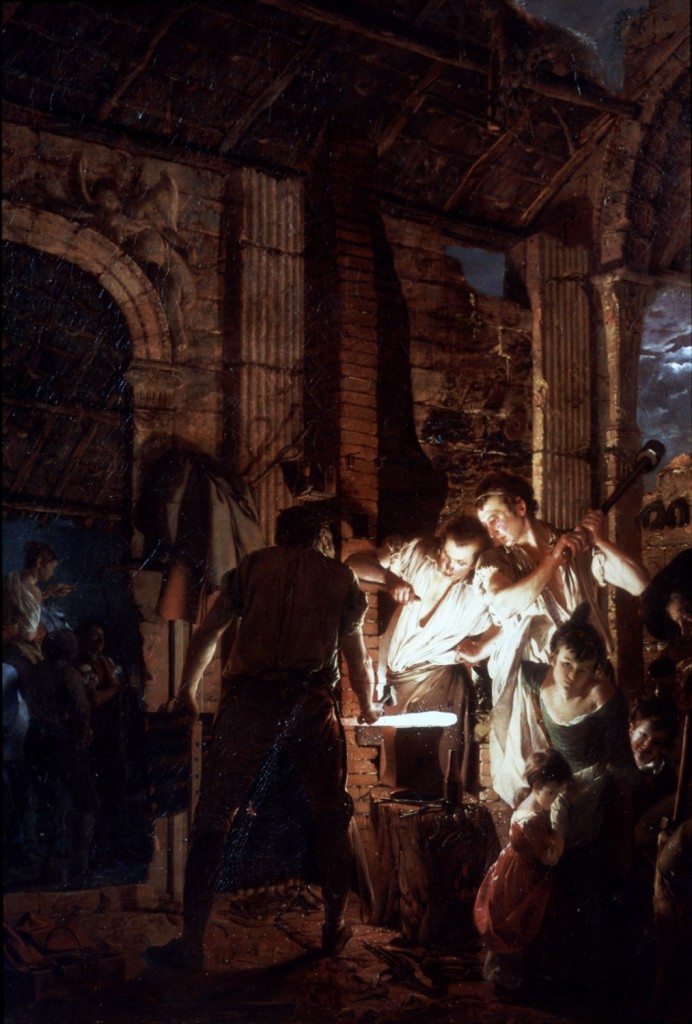Johnson and Practical Improvement: Iron
Image: Joseph Wright of Derby (1734-1797), The Black Smith’s Shop (1771). Oil on Canvas.
Image from: Derby Museum and Art Gallery.
In Idler 37 Johnson observes that the abundance of iron and the skilful extraction and preparation of the artisans, have contributed “so much to supply the want of nature”. He compares iron to the “necessaries” of natural and moral life, and gold to its “superfluities”. Thus, it is not to gold but to iron that we owe the civilized state of our society as gold “can never be hardened into saws or axes; it can neither furnish instruments of manufacturer, utensils of agriculture, nor weapons of defence” (ii: 11). Johnson acknowledges the versatility and potentials of iron and attributes its abundance and processing to “the difference between savage and polished life, between the state of him that slumbers in European palaces, and him that shelters himself in the cavities of rock from the chillness of the night, or the violence of a storm.”
Writing in July 1751, a visit to “the shop of the artificer” becomes a journey of discovery as raw materials are transformed into objects: “the extremes however remote of natural rudeness and artificial elegance, are joined by regular concatenation of effects, of which every one is introduced by that which precedes it, and equally introduces that which is to follow” Rambler 137 (iv: 361). In other words the numerous processes of manufacture can be disentagled and traced in succession. He put this to the test at a visit to an iron works at Holywell in Wales, where the artisans made good use of the water power. Johnson noted in his Diary: “I saw round bars formed by a notched hammer and anvil. Then I saw a bar of about half an inch or more wire, cut with sheers worked by water and then beaten hot into a thinner bar.” Each mill had a water-wheel with an extended axle and Johnson could see how “the hammers, all worked as they were by water, acting upon small bodies moved very quick as quick as by the hand”. The power of adjoining water moved the water-wheel that “causes the hammer to be jerked up against the rubber”, and its head being free to fall under its weight, stroke the iron positioned on the anvil beneath it. (i: 186-7). “I then saw wire drawn, and gave a shilling”, ends his observation.
Johnson’s style, stripped of embellishment, conjures up a vivid image which calls to mind a series of compositions of smithies and forges by Joseph Wright of Derby, painted between 1771 and 1773. They show ruddy-faced and hard-working smithies transforming pig iron into malleable iron which are drawn into bars. Pure and applied science inspired the artistic vision of these two Midlanders.
“That iron forged is stronger than iron cast every smith can inform him [Mylne]”, writes Johnson in his letter of 8 December 1759, in defence of Gwynn’s project for Blackfriars Bridge, aware of the versatility of wrought iron. Since “the first excellence of a bridge is its strength, every judicious eye will discern it to be minute and trifling, equally unfit to make a part of a great design” and cast the bridge in individual pieces. Arguing from the standpoint of his common sense, Johnson determines that should the bridge “be cast in large pieces, the fracture of a single bar must be repaired by a new piece”. Johnson’s defence of wrought iron in preference to cast iron comes from the fact that the brittleness of cast iron hindered its use. Cast iron had been used architecturally early in the 18th century in the railings around St Paul’s Cathedral of 1710-1714 and the Senate House in Cambridge of about 1730.
Cast-iron though, had benefits over wrought iron. It was strong under compression, weather resistant and capable of being moulded into intricate shapes. It was also cheaper to produce. Two Midlanders, John Wilkinson and Abraham Darby III saw its potentials and came up with the daring proposition for a cast-iron bridge of a single arch of 120 feet spanning the Severn Gorge at Coalbrookdale. Commissioned in 1776 and finished in 1781, the Iron Bridge became, according to Julia Ionides, “a symbol of Shropshire and a dignified piece of industrial archaeology that forms an era of innovative bridge building, recognized around the world”.
« Previous in this sectionNext in this section »Continue browsing this section
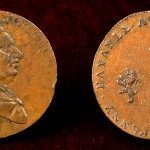 The occurrences of common life: Samuel Johnson, Practical Science and Industry in the Midlands
The occurrences of common life: Samuel Johnson, Practical Science and Industry in the Midlands
 Johnson: Observation and Enquiry
Johnson: Observation and Enquiry
 Johnson and Science
Johnson and Science
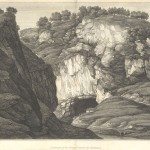 Johnson, the Natural World and Industry
Johnson, the Natural World and Industry
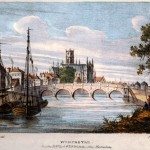 Johnson, Bridges and John Gwynn
Johnson, Bridges and John Gwynn
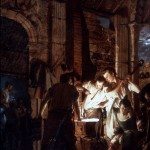 Johnson and Practical Improvement: Iron
Johnson and Practical Improvement: Iron
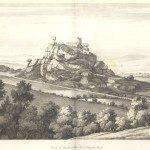 Johnson and the Midlands Landscape
Johnson and the Midlands Landscape
 Johnson and Derby Porcelain
Johnson and Derby Porcelain
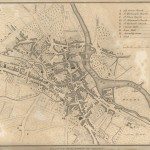 Johnson and Silk Production in Derby
Johnson and Silk Production in Derby
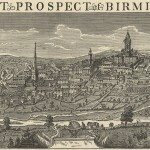 Johnson in Birmingham
Johnson in Birmingham
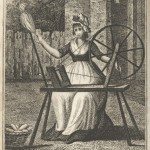 Johnson, John Wyatt and Lewis Paul: Improvements to Cotton Spinning
Johnson, John Wyatt and Lewis Paul: Improvements to Cotton Spinning
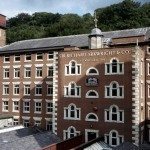 Johnson, the Society of Arts and the Transformation of the Cotton Industry
Johnson, the Society of Arts and the Transformation of the Cotton Industry
 Johnson and John Baskerville
Johnson and John Baskerville
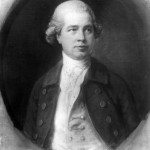 Johnson, John Taylor and Henry Clay
Johnson, John Taylor and Henry Clay
 Johnson and Matthew Boulton
Johnson and Matthew Boulton
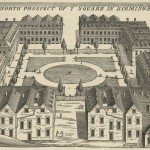 Johnson: “a longer stay”
Johnson: “a longer stay”



